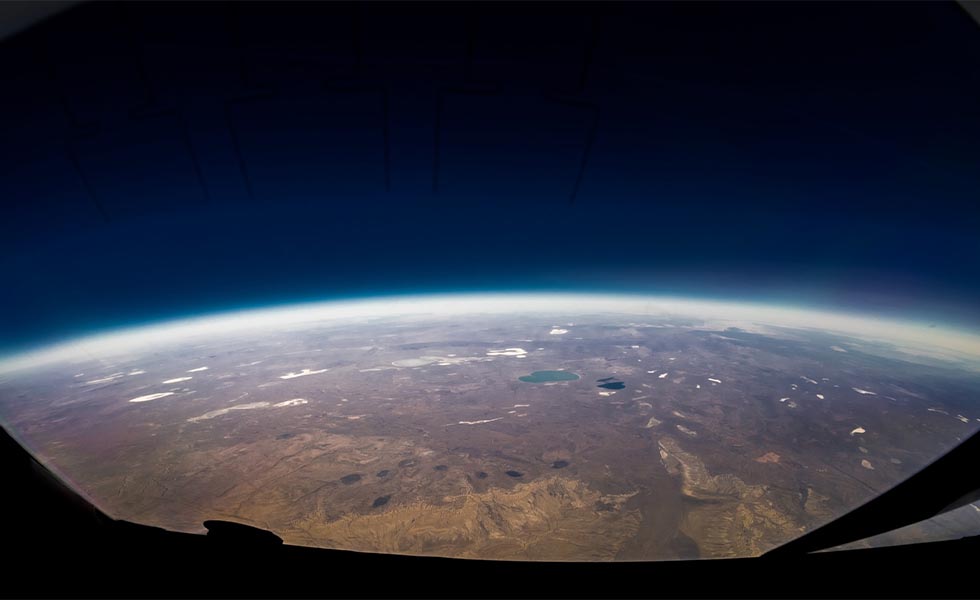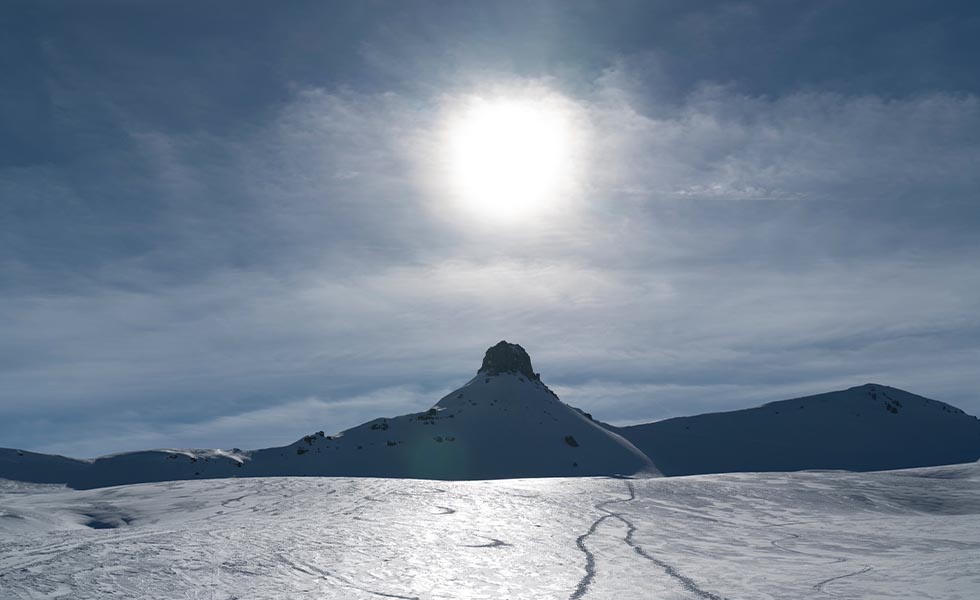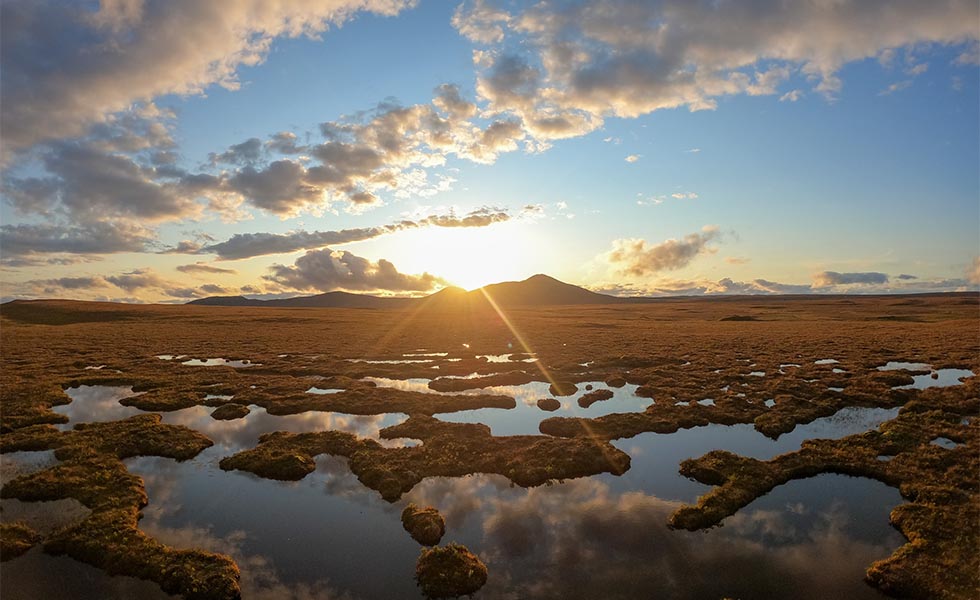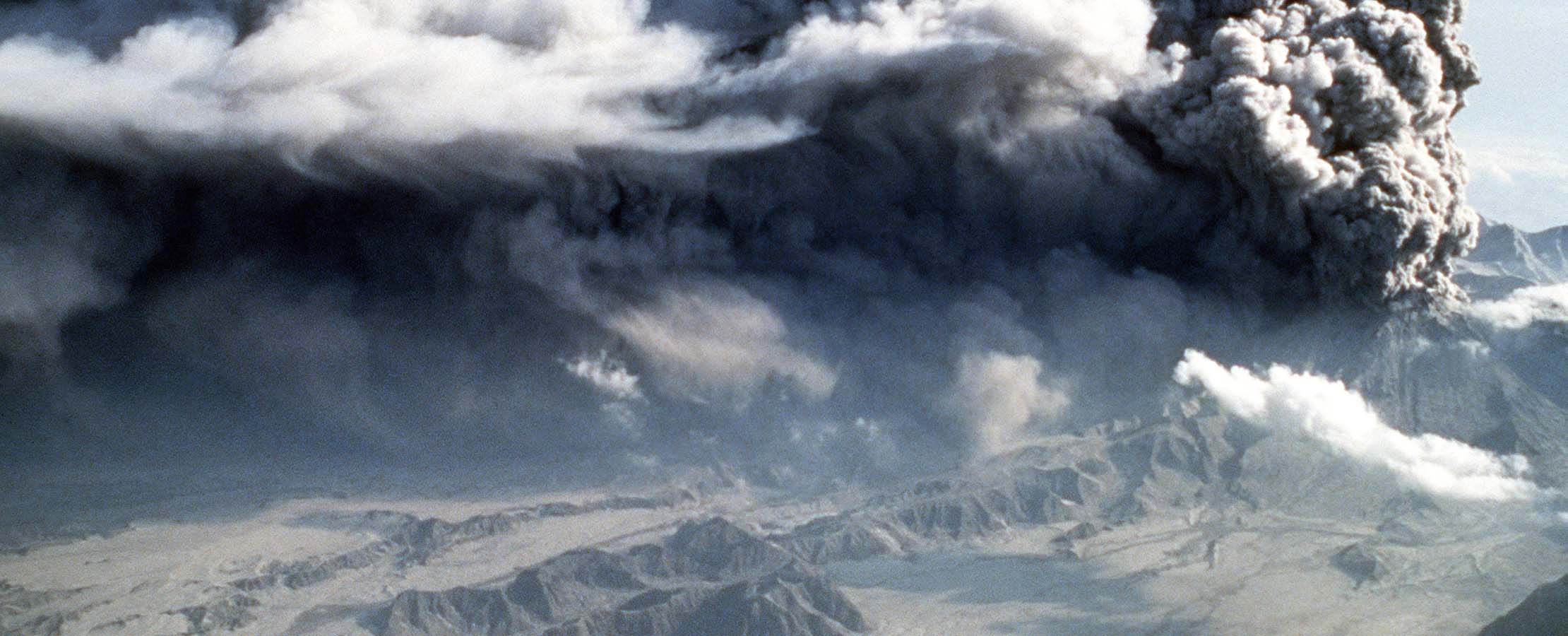When Climate Action Goes Stratospheric: Geoengineering
Geoengineering – the proposed manipulation of the climate – has long been considered the stuff of science fiction. As the world grapples to limit climate change through rapid, massive cuts to greenhouse gas emissions, geoengineering is gaining traction among some scientists as a potential complement to decarbonization.
What is geoengineering?
A common reference point when describing geoengineering is 1992. That year, despite rapid industrialization, the Earth's temperature was 0.5°C lower than usual. Scientists realized that was because of the eruption the previous year of Mount Pinatubo, a stratovolcano in the Philippines.
The eruption clouded the world's atmosphere with so much sulfur dioxide and ash, reducing the amount of solar energy reaching the Earth, that global average temperatures cooled significantly.

Geoengineering seeks to achieve a similar goal – to influence the Earth's climate - through large-scale interventions in our natural systems. The concept first originated in the mid-twentieth century, when world powers considered trying to obtain strategically favorable regional climates.
Today, geoengineering is mostly discussed in the context of counteracting climate change; the need to prevent destructive climate change impacts like extreme weather events is bringing geoengineering from the fringes of scientific debate to the mainstream. Geoengineering explores the manipulation of two key parameters which affect Earth's surface temperature: solar radiation and the concentration of atmospheric CO2.
Solar radiation management
Solar radiation management focuses on the radiation from the sun which enters Earth's atmosphere. The aim is to reflect as much of that energy as possible, minimizing absorption and reducing its heating effect on our planet.

Considered the most feasible of geoengineering proposals – which all carry a degree of risk – is stratospheric aerosol injection. It involves filling the stratosphere with an aerosol of reflective particles – via aircraft, cannons, towers, or balloons – to deflect sunlight. The aim is to mimic the cooling effect of massive volcanic eruptions such as the Pinatubo eruption. The approach is in the early stages of development; a small-scale Harvard-led experiment that planned to use a balloon to release a small amount of calcium carbonate was called off in March following local protests. However, a trial of marine cloud brightening – which involves spraying salt into the air to increase the albedo (reflectivity) of clouds – is currently being conducted over the Great Barrier Reef.
Other approaches to solar radiation management also focus on albedo, but involve increasing the albedo of Earth's surface, rather than the atmosphere. This can be as simple as painting buildings white and growing high-albedo crops, although researchers have also discussed scattering reflective objects like glass beads over Arctic ice. The most ambitious approach proposed involves positioning mirrors or shades in space between the Earth and Sun.
Carbon removal
The other strand of geoengineering involves capturing and storing carbon dioxide (CO2). Carbon capture, utilisation, and storage (CCUS) is already the focus of much R&D activity and investment; US President Joe Biden's infrastructure bill allocates nearly $15bn for carbon capture and there are major upcoming projects in South Australia and British Columbia.

Beyond CCUS technology, carbon removal also encompasses approaches such as trapping CO2 in forests, peatlands, biochar and crops for biofuel; the latter is backed by the UN Intergovernmental Panel on Climate Change (IPCC). Among other ideas explored by scientists, ocean fertilization aims to increase uptake of CO2 by phytoplankton. However, the recent research suggests that this method would be ineffective at best.
From the margins to the mainstream
Geoengineering has long been dismissed as redolent of science fiction. However, given greenhouse gas emissions are falling much too slowly to limit warming to 1.5°C, it is moving into mainstream debate. The IPCC's 2021 assessment report positions carbon removal as necessary to meet the 1.5°C goal and mentions solar radiation management, though stopping short of making recommendations on solar geoengineering.
Serious scientific bodies are cautiously supporting research into solar radiation management as an emergency measure. Harvard University has a solar geoengineering research group; former UK chief scientific advisor David King is establishing a Centre for Climate Repair at the University of Cambridge; and this year the US National Academies released a report calling for a federal public research programme into solar radiation management.
Is solar geoengineering on the cards?

To date, research into solar radiation management has been limited to simulations, and there are concerns that stratospheric aerosol injections could cause ozone damage or extreme weather. Others in the scientific community have raised the question of a ‘termination shock' - the possibility of sudden warming further down the line, if such projects were deployed and then removed.
The large-scale nature of geoengineering also raises questions regarding governance. How should these scientific tools be regulated? Could a country use them unilaterally? Who is responsible if the technology goes wrong? There are no easy answers, but Steve Rayner of the Oxford Geoengineering Program has gone some way to addressing any potential conflict caused by geoengineering, by drafting proposed principles for their use.
Geoengineering is no substitute for the reduction of greenhouse gas emissions, as stated by the US National Academies of Science, Engineering and Medicine in a recent report. The institution emphasizes that "efforts to reduce emissions and adapt to climate impacts are the first line of defense." However, across the globe, solar geoengineering is now being seriously explored as one part of a viable, equitable energy transition.






